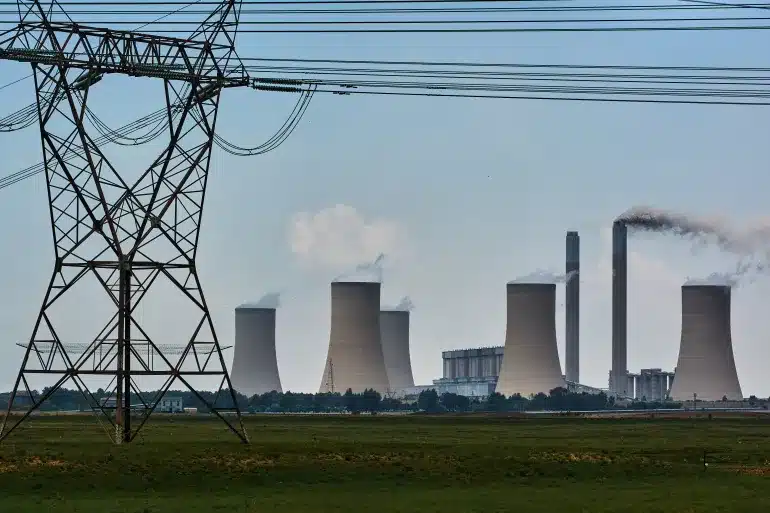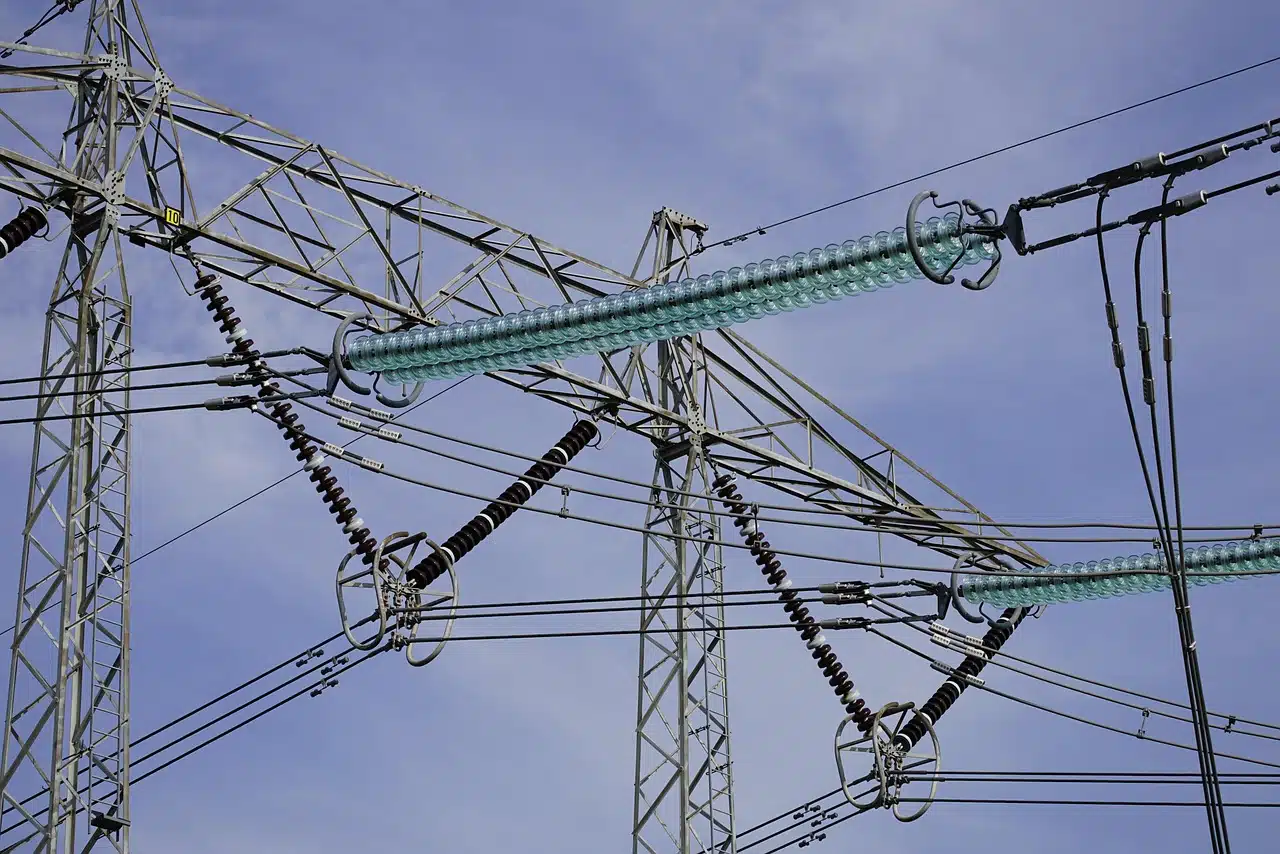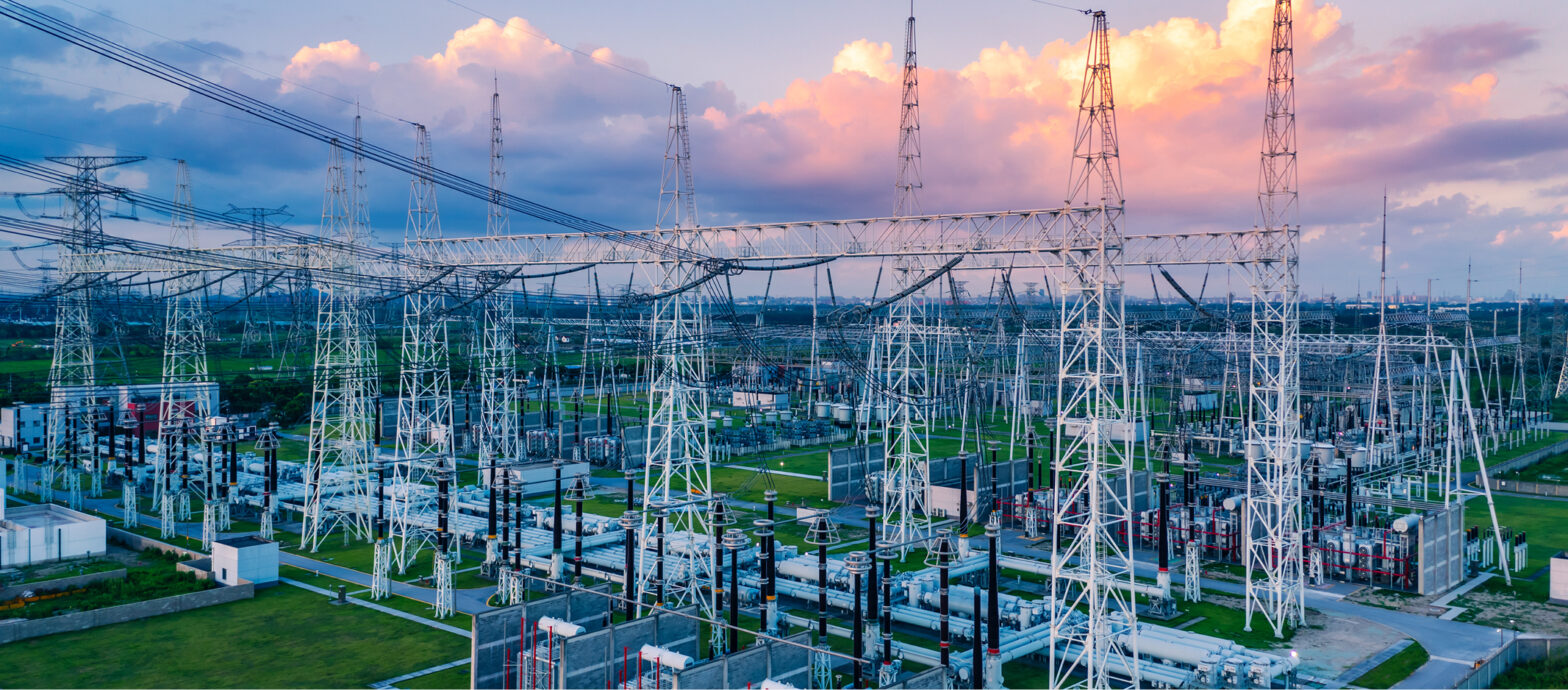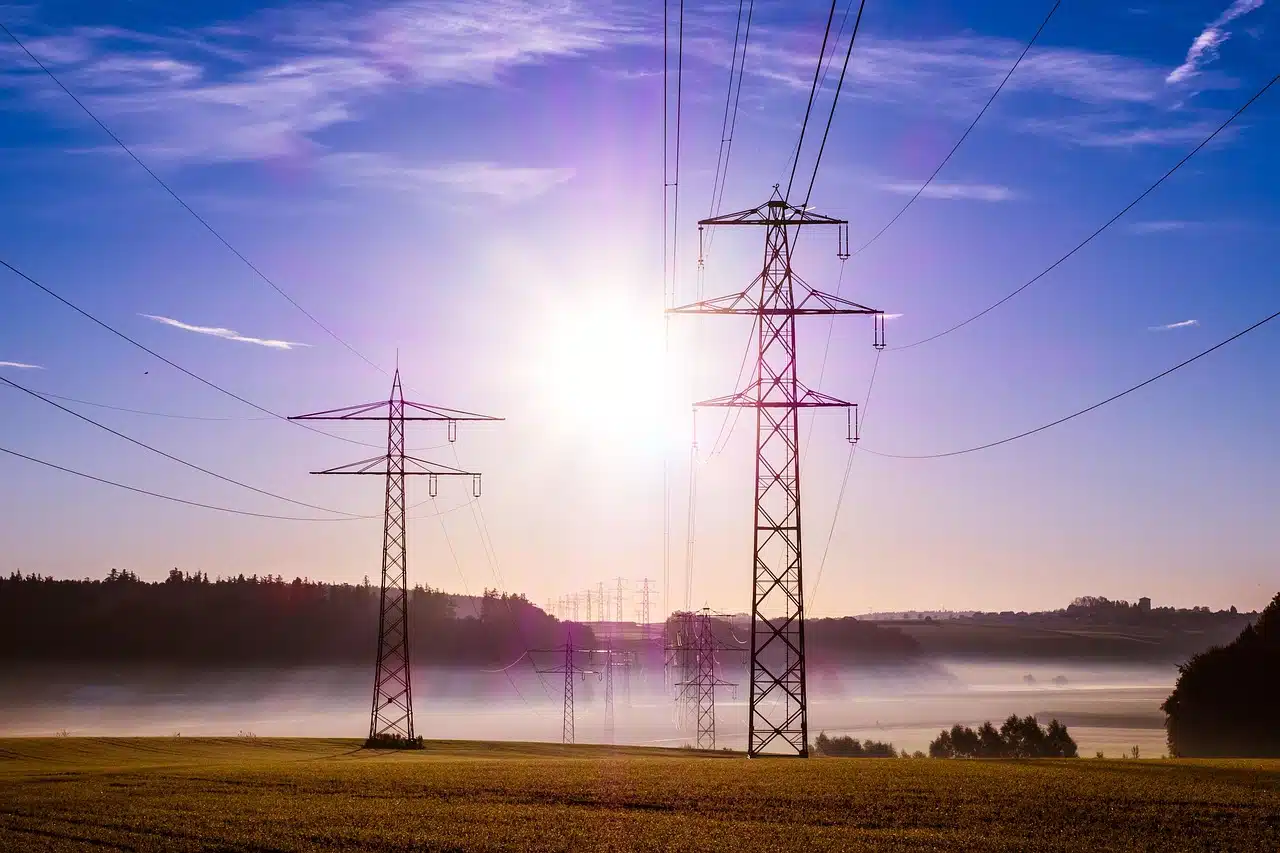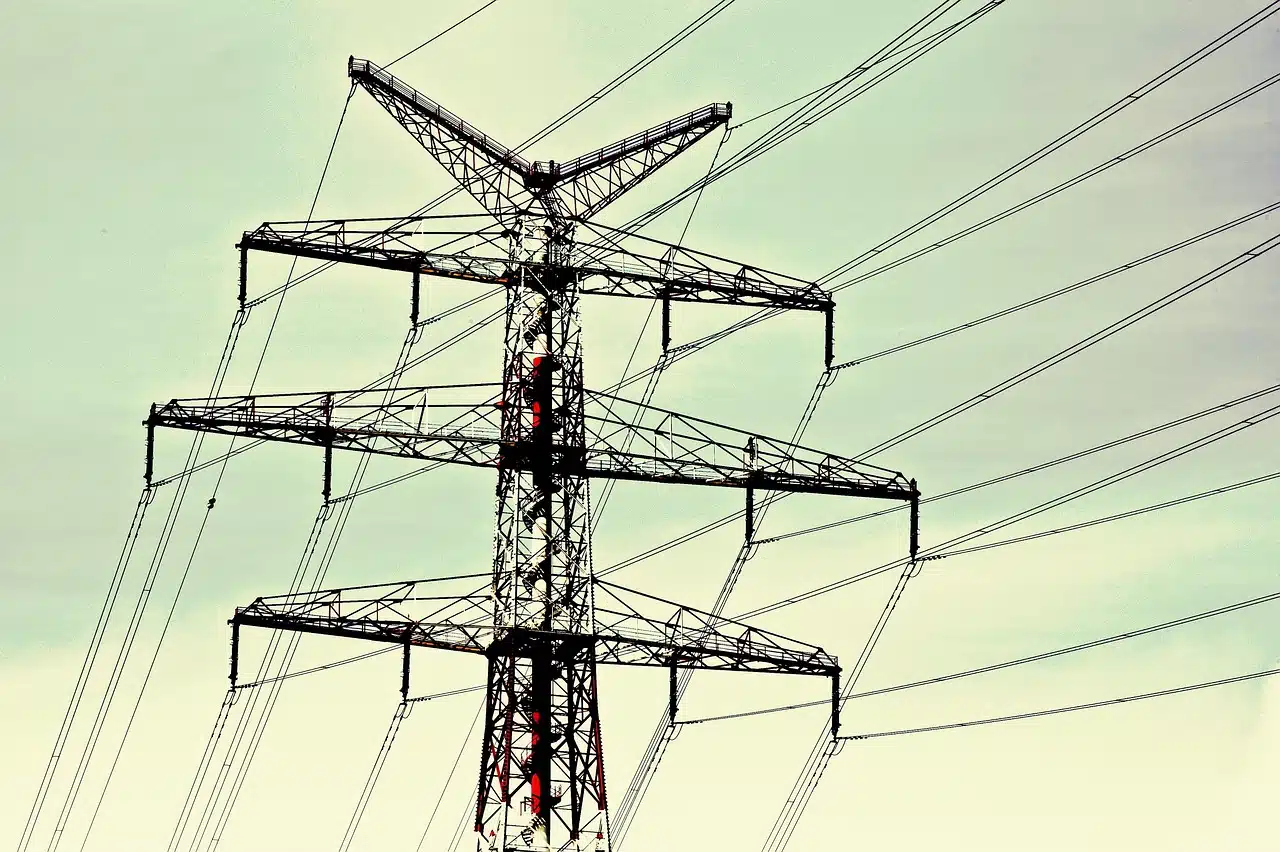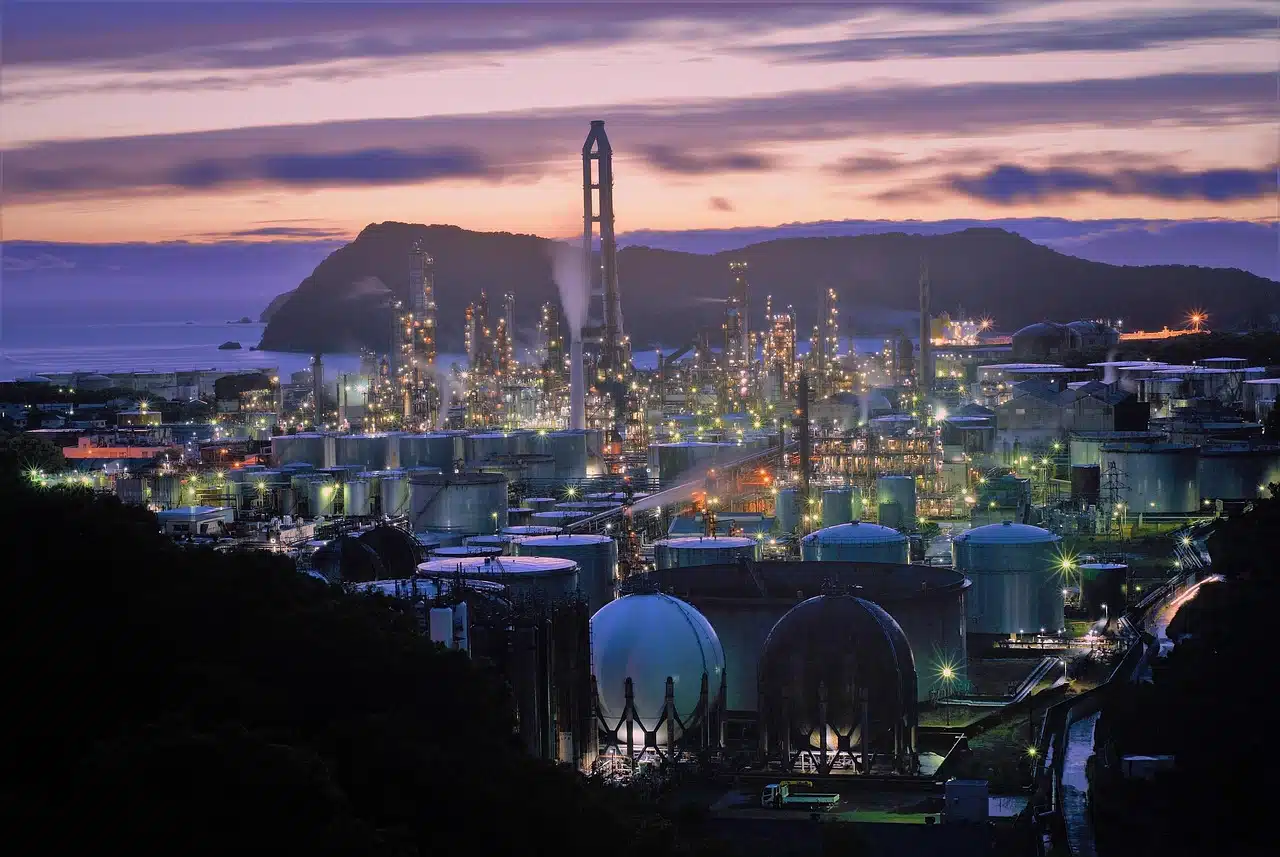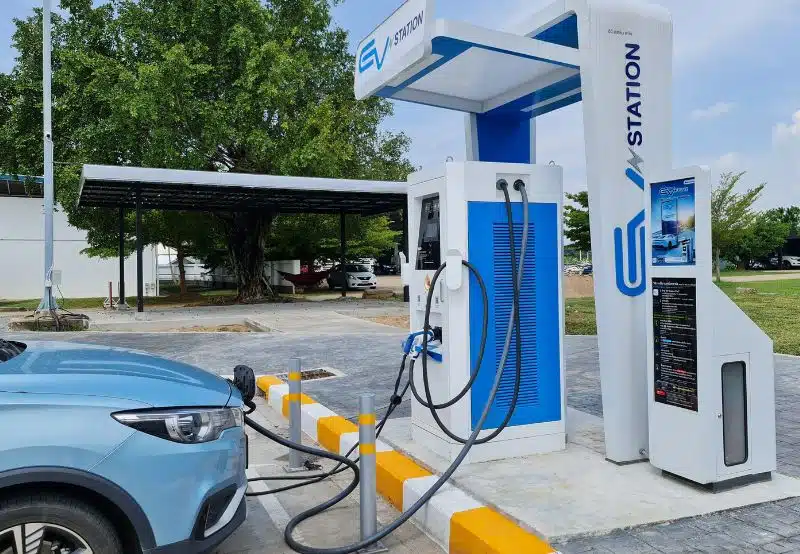South Africa has unveiled two pivotal environmental planning instruments to bolster its green hydrogen sector: the Environmental Impact Assessment (EIA) Guideline for green hydrogen projects and the South African Green Hydrogen Potential Atlas.
These tools were released by the Department of Forestry, Fisheries, and Environment in collaboration with the Deutsche Gesellschaft Für Internationale Zusammenarbeit (GIZ), the Council for Scientific and Industrial Research and GFA Consulting Group.
The aim of these resources is to provide clear guidance and scientific insights to facilitate responsible and sustainable development within the industry.
The EIA Guideline offers a comprehensive framework to streamline the environmental assessment processes for green hydrogen initiatives, ensuring they align with national environmental standards.
Concurrently, the South African Green Hydrogen Potential Atlas employs a multi-criteria analysis to identify optimal locations for green hydrogen production, considering environmental conditions, existing land uses, and infrastructure availability.
This atlas not only highlights areas with high production potential but also indicates where shared infrastructure could be leveraged to build a robust green hydrogen economy.
Minister of Forestry, Fisheries, and the Environment, Dr. Dion George, stressed the significance of these developments, stating that they mark a defining moment for South Africa’s green economy.
He noted that by providing regulatory clarity and scientific insights, the country is positioning green hydrogen as a major driver of sustainable economic growth, investment, and job creation.
These initiatives are part of South Africa’s broader strategy to transition to a low-carbon economy and capitalize on its renewable energy resources. The government has been proactive in attracting international support for its green hydrogen ambitions.
In December 2024, the government announced eight preferred bidders for the seventh bid window of the Renewable Energy Independent Power Producer Procurement Programme (REIPPPP) to add 1.76 GW of green power to the national grid.
The introduction of the EIA Guideline and the Green Hydrogen Potential Atlas is expected to enhance investor confidence by reducing regulatory uncertainties and highlighting viable project sites.
Both tools are part of the H2.SA program, which is designed to boost South Africa’s green hydrogen economy, capitalising on its abundant renewable energy resources.
South Africa is actively pursuing green hydrogen as a key component of its energy transition and aims to become a global leader in its production and export.
The country is about to receive a $2.6 billion green finance facility from the World Bank’s Climate Investment Funds(CIF) to help fast-track its transition away from the use of coal, the country’s primary energy source and dirtiest fossil fuel.

